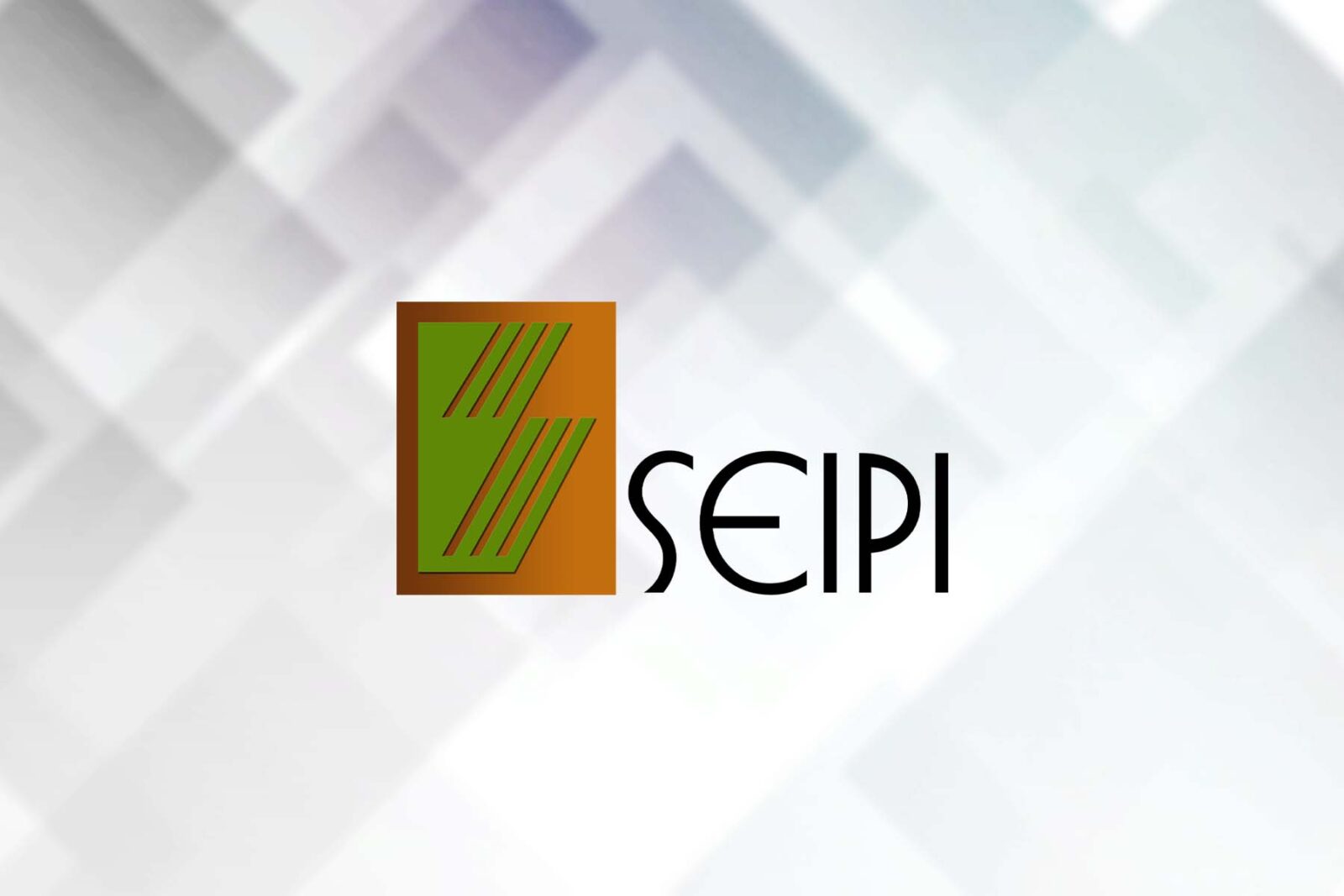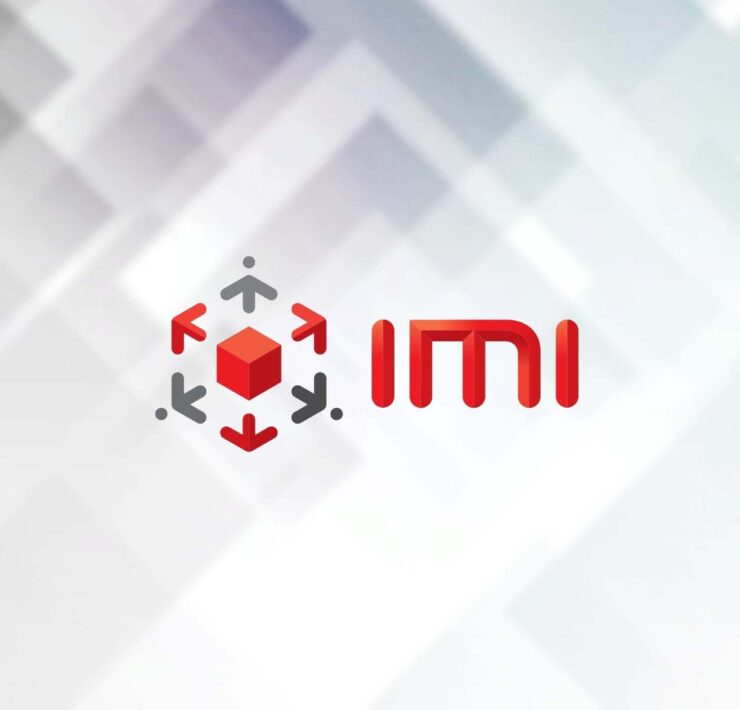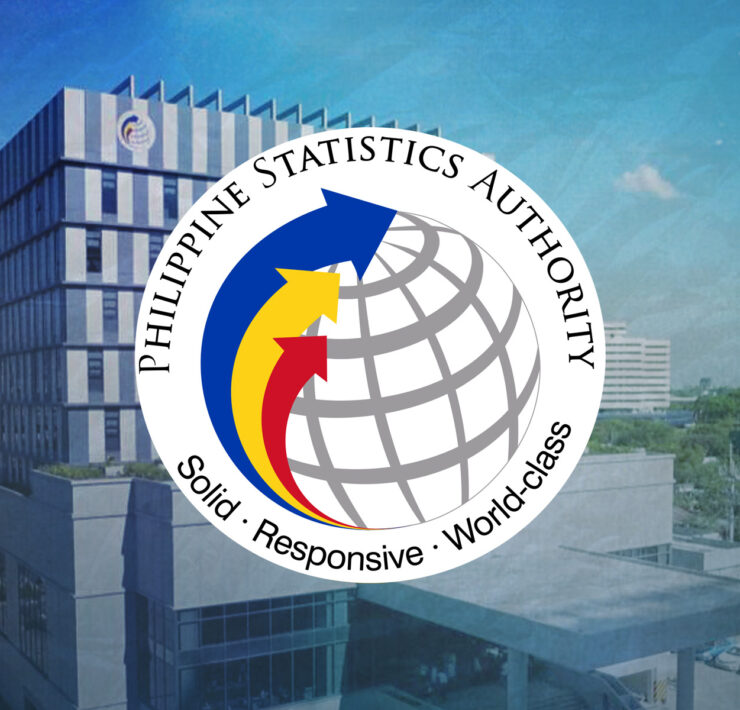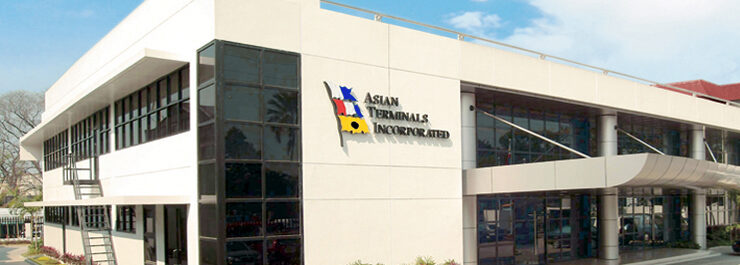Seipi sees ‘modest’ earnings growth from semiconductor exports

A group of semiconductor and electronics companies is optimistic about delivering a “modest” growth in earnings this year, banking on the strong momentum in recent months and the emergence of new technologies.
Danilo Lachica, president of the Semiconductor and Electronics Industries in the Philippines Foundation Inc. (Seipi), said the industry was seeing “some movements” that could translate to “modest growth” for 2025.
“We’re optimistic that we would exceed the flat [output] … that [was] projected at the start of the year,” Lachica said in a press briefing on Thursday.
Seipi was expecting semiconductor export receipts to reach $42.6 billion this year, flat from last year.
“Hopefully, we’ve had enough momentum through August that we will sustain that modest growth for the year,” Lachica said.
But the group expects the figure to reach $70 billion in five years.
Lachica explained that the $70-billion revenue projection for 2030 had taken into account the short-term impact of America’s sweeping tariffs.
President Trump has threatened to slap tariffs on semiconductor exports to the United States.
The group’s optimism comes from the advent of new technologies, such as artificial intelligence and the Fourth Industrial Revolution, also known as smart manufacturing. These are seen to drive the demand for semiconductors.
Lachica also said various products, including cellphones and vehicles, would fuel demand for such products.
The Semiconductor and Electronics Industry Advisory Council has unveiled a five-year action plan aimed at nurturing the skills of the Filipino workforce and boosting the country’s semiconductor and electronics sector.
The council tackled initiatives to enhance the country’s investment climate, such as developing Strategic Economic Zones, backed by an ongoing infrastructure audit to identify gaps in power, water and logistics.
“The Council proposed flexible learning pathways—including ladderized programs and micro-credentials—aimed at equipping Filipinos with high-value technical skills that meet global industry standards,” the Department of Trade and Industry said in a statement on Wednesday.
Electronic products accounted for $39.09 billion or 53.4 percent of the country’s total exports in 2024, data from the Philippine Statistics Authority showed.
The United States was the top destination of Philippine exports last year, equivalent to 16.6 percent or $12.14 billion of the total.





















